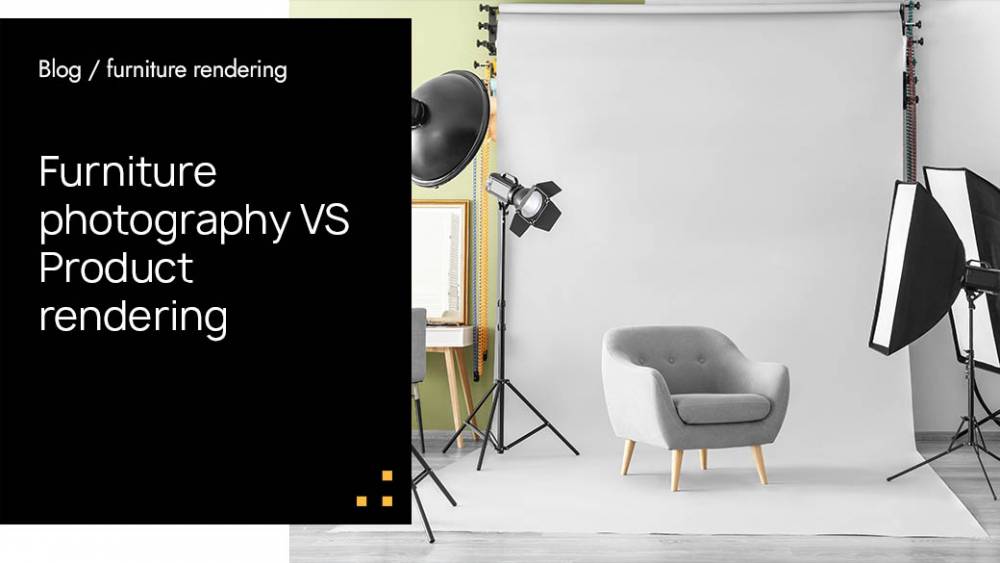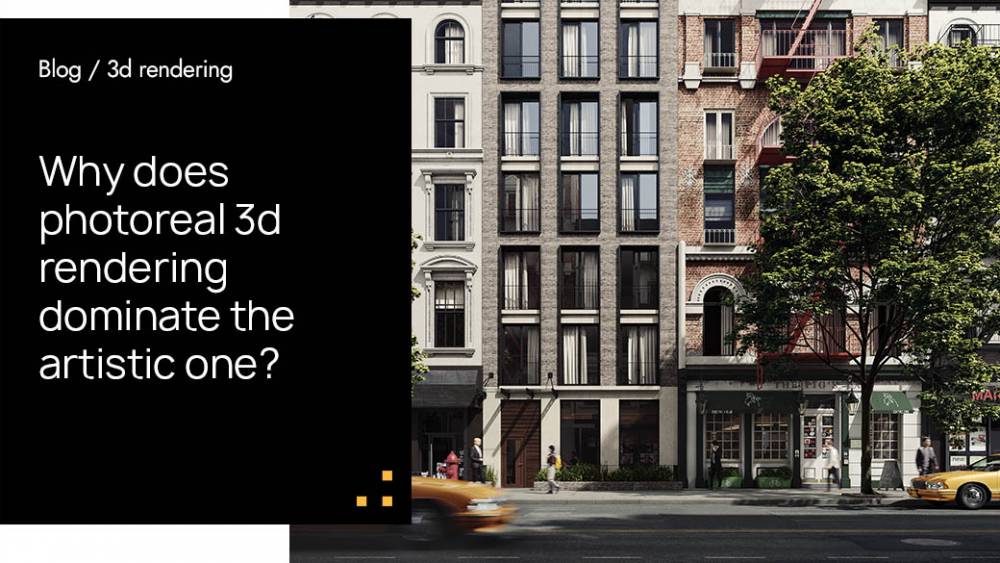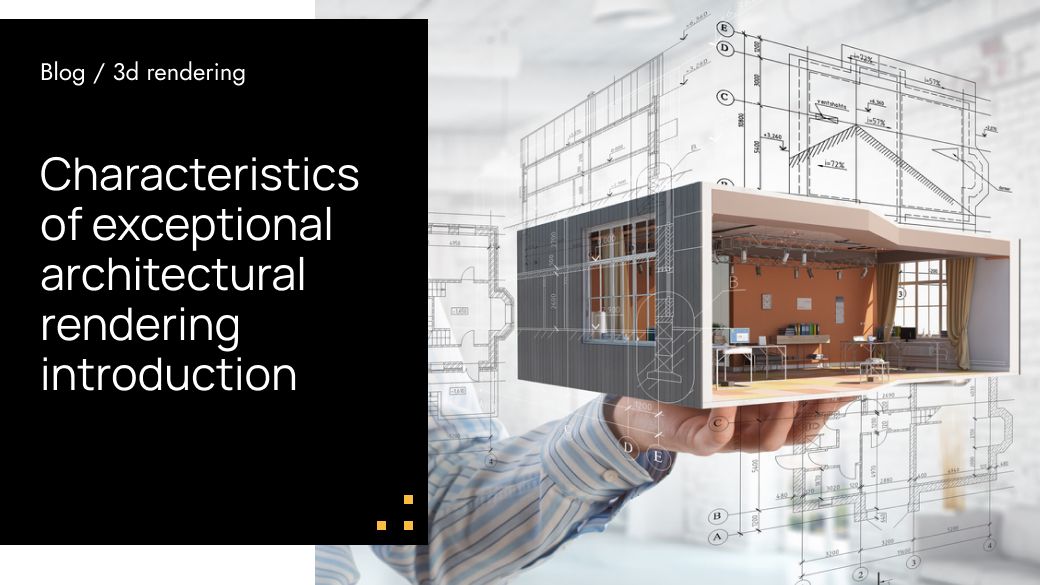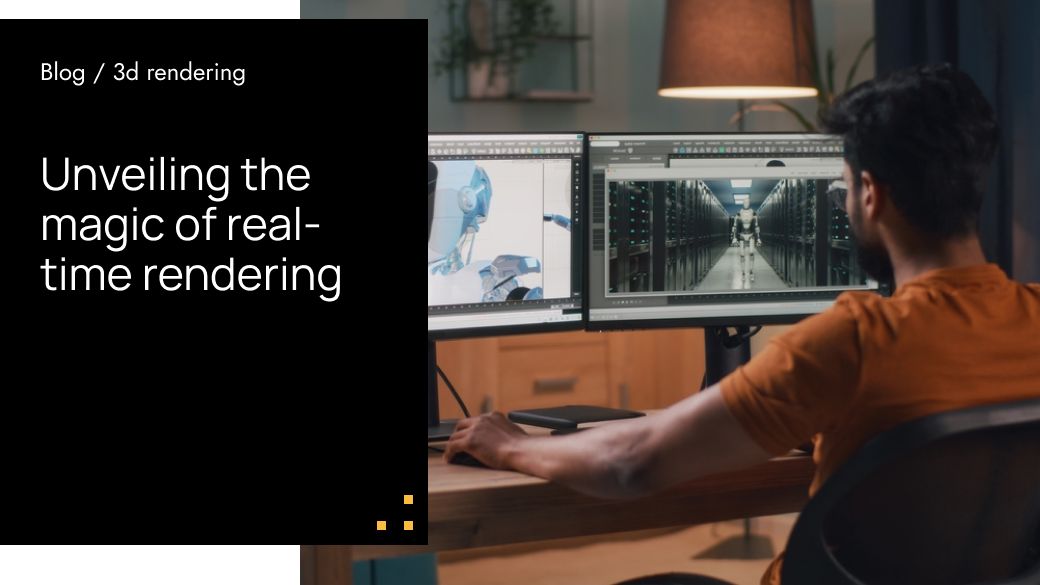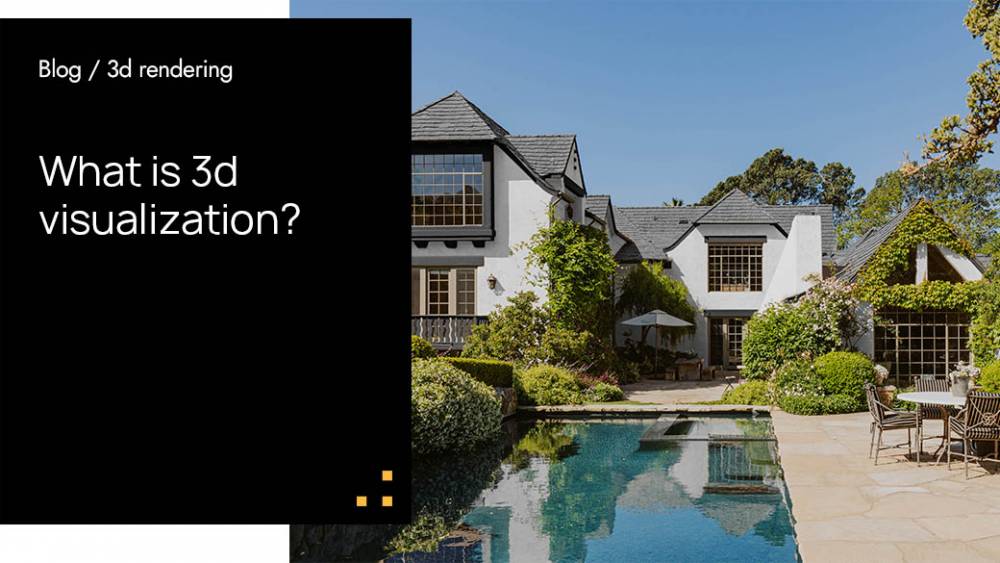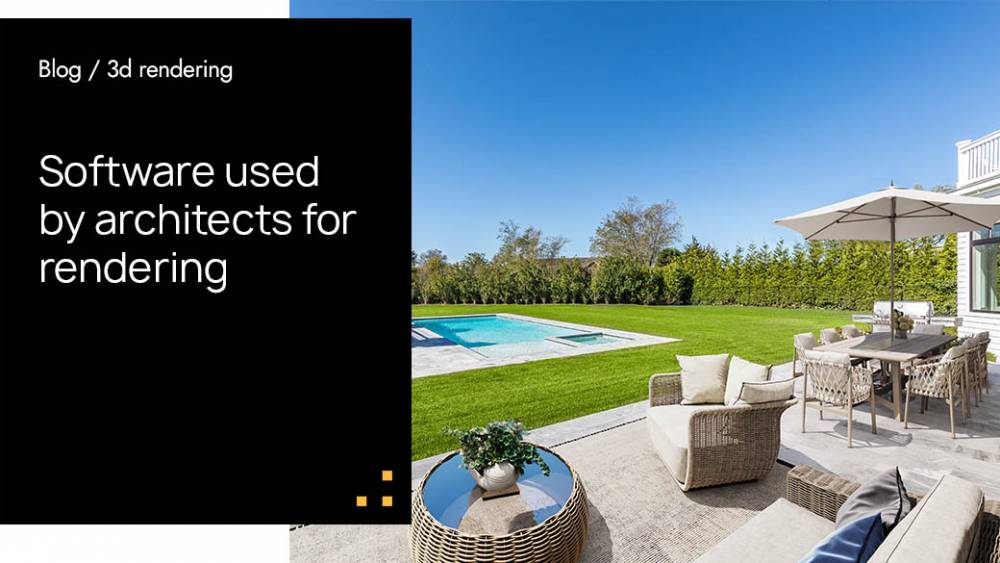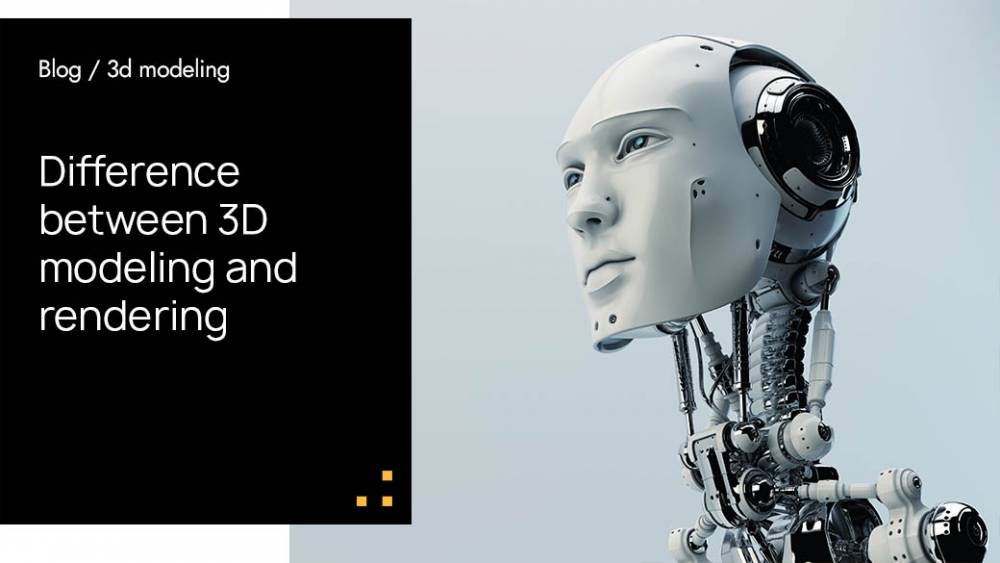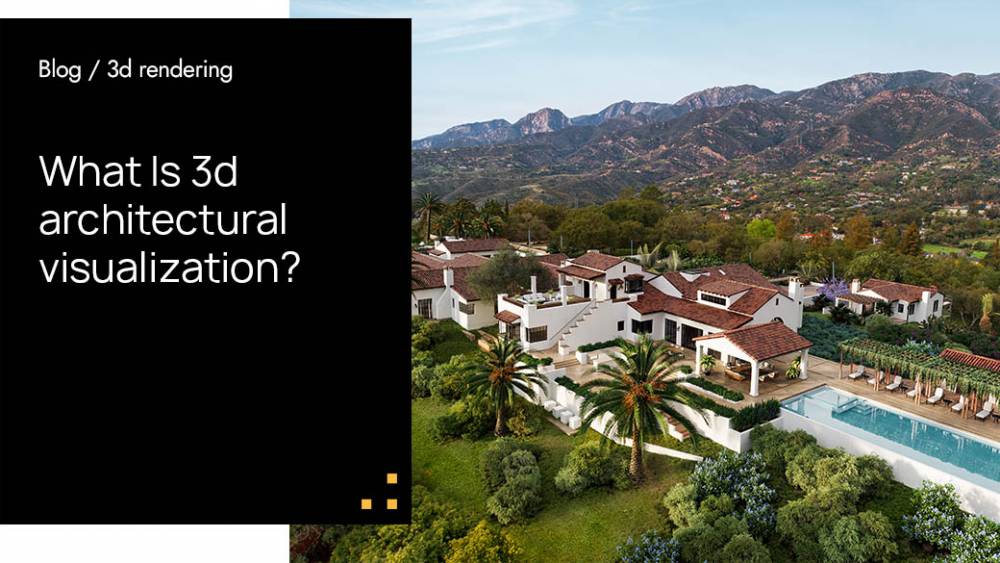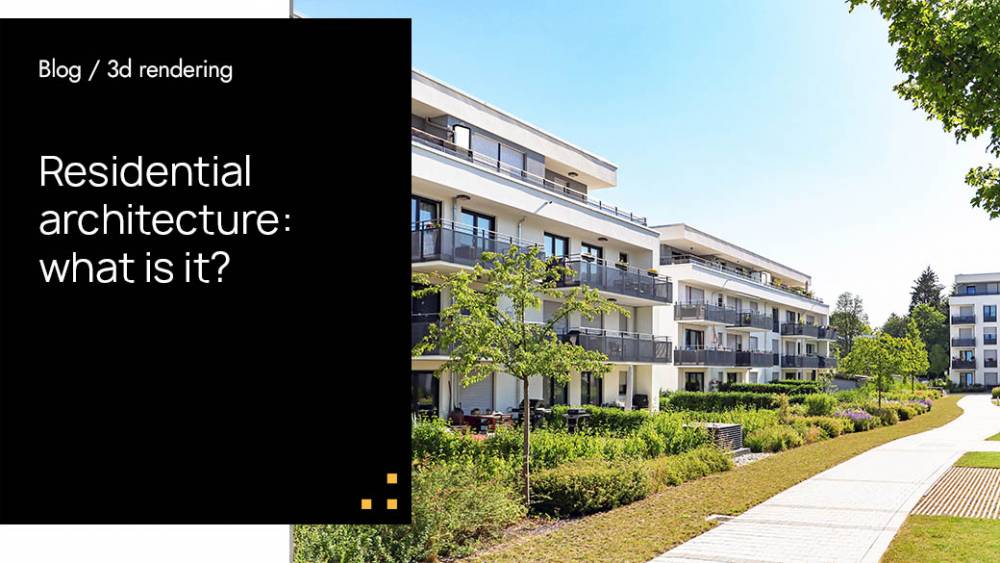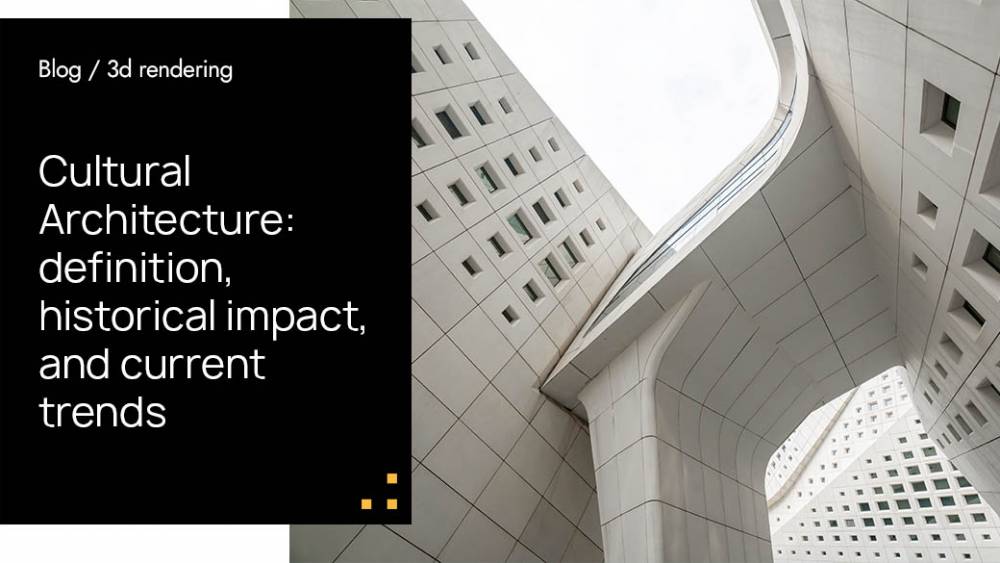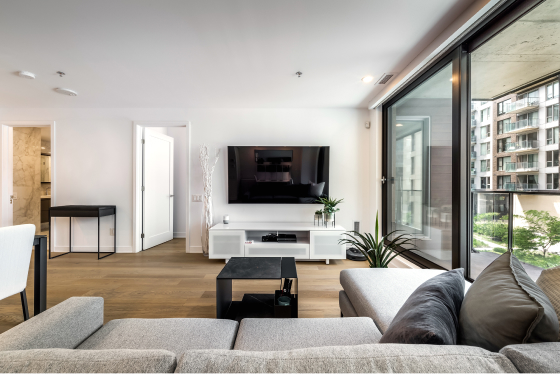Furniture Photography:

Authenticity and Tangibility:
The realm of furniture photography is deeply rooted in capturing real-world products in their physical state. This inherent authenticity provides potential customers with a tangible preview of the product, allowing them to gauge its actual appearance, texture, and dimensions.
Contextual Realism:
One of the strongest assets of furniture photography is its ability to stage images in genuine real-life settings. This contextual realism offers potential buyers a visual portrayal of how the furniture seamlessly integrates into a variety of environments. It enables them to imagine the product's aesthetic within their own living spaces.
Emotional Connection:
Beyond mere visuals, furniture photography has the unique capability of capturing subtle details such as texture, lighting, and shadows. These nuances trigger emotional responses from viewers, fostering a more profound connection. This emotional engagement often translates into more informed purchasing decisions.
Speed and Accessibility:
Furniture photography boasts the advantage of relatively quick production and accessibility. Products can be efficiently photographed and promptly uploaded onto websites or catalogs, ensuring consumers have immediate access to visual information.
Challenges:
However, furniture photography is not devoid of challenges. Lighting conditions, camera angles, and environmental factors can impact the quality of the final image. Achieving consistent imagery across multiple products and scenarios can be demanding.
Product Rendering:
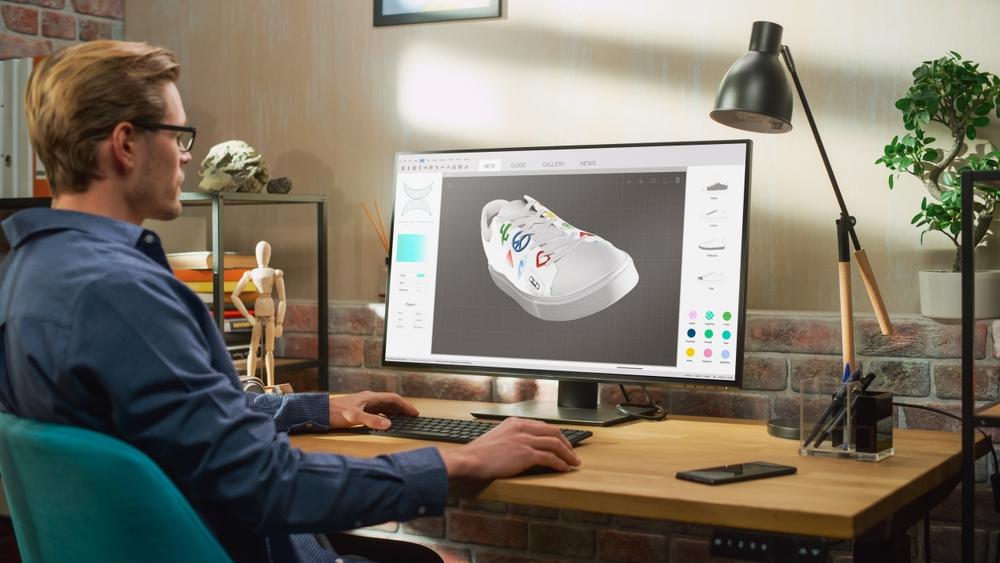
Unlimited Creativity:
Product rendering opens up a realm of limitless creative possibilities. Designers can manipulate lighting, materials, and environments, sculpting visualizations that are tailored precisely to the brand's vision and aesthetics.
Consistency and Control:
Rendering offers meticulous control over every aspect of an image, ensuring uniformity across various visual representations. This level of control is particularly advantageous for maintaining brand identity and delivering a consistent visual experience.
Early-Stage Visualization:
Renderings excel in their capacity to visualize concepts at an early stage of the design process. This proves invaluable for product development, allowing designers to identify potential flaws, make necessary adjustments, and prevent issues before they arise.
Adaptability and Variability:
Rendered images can be effortlessly adapted to showcase products in diverse colors, materials, and settings. This adaptability is especially advantageous for displaying customization options, empowering consumers to envision personalized variations.
Challenges:
Despite its numerous benefits, product rendering demands skilled artists, rendering software, and a degree of time investment. The initial design phase can be time-consuming, particularly for intricate or complex products.
Comparative Analysis:

Realism and Authenticity:
While furniture photography excels in conveying the authenticity of products within real-world contexts, advances in rendering technology have enabled photorealistic simulations that closely emulate actual photographs. The choice between the two becomes a matter of specific objectives and creative preferences.
Financial Considerations:
Furniture photography involves costs related to physical products, settings, lighting, and professional photographers. On the other hand, rendering demands skilled artists and software, which can potentially reduce production expenses. The decision hinges on budget constraints and long-term investment.
Time and Turnaround:
Furniture photography can be time-intensive, requiring setup, photography sessions, and post-processing. In contrast, rendering may require more extended initial design efforts but offers quicker turnaround for subsequent iterations or updates.
Customization and Consistency:
The adaptability of product rendering allows for showcasing products in different variations, fostering customer engagement. However, furniture photography offers a tangible connection to real-world products, which resonates with consumers emotionally.
Brand Identity and Market Positioning:
Both approaches contribute to brand identity and market positioning in unique ways. Furniture photography emphasizes authenticity, while product rendering showcases innovation and customization capabilities.
Conclusion:
The selection between furniture photography and product rendering hinges on specific objectives, budget considerations, and creative inclinations. Furniture photography capitalizes on authenticity, immediate accessibility, and emotional resonance. Conversely, product rendering offers boundless creative opportunities, brand consistency, and adaptability for displaying multiple variations.
In a rapidly evolving market, an amalgamation of both approaches can yield optimal outcomes. Photographs establish a tangible connection with viewers, while rendered images empower brands to exhibit personalized options and maintain a consistent visual narrative. Irrespective of the chosen path, the ultimate aim remains constant: to captivate the audience, convey the product's essence, and stimulate informed purchase decisions. As the visual marketing landscape continues to evolve, the synergy between furniture photography and product rendering continues to shape the trajectory of customer engagement and brand communication.
